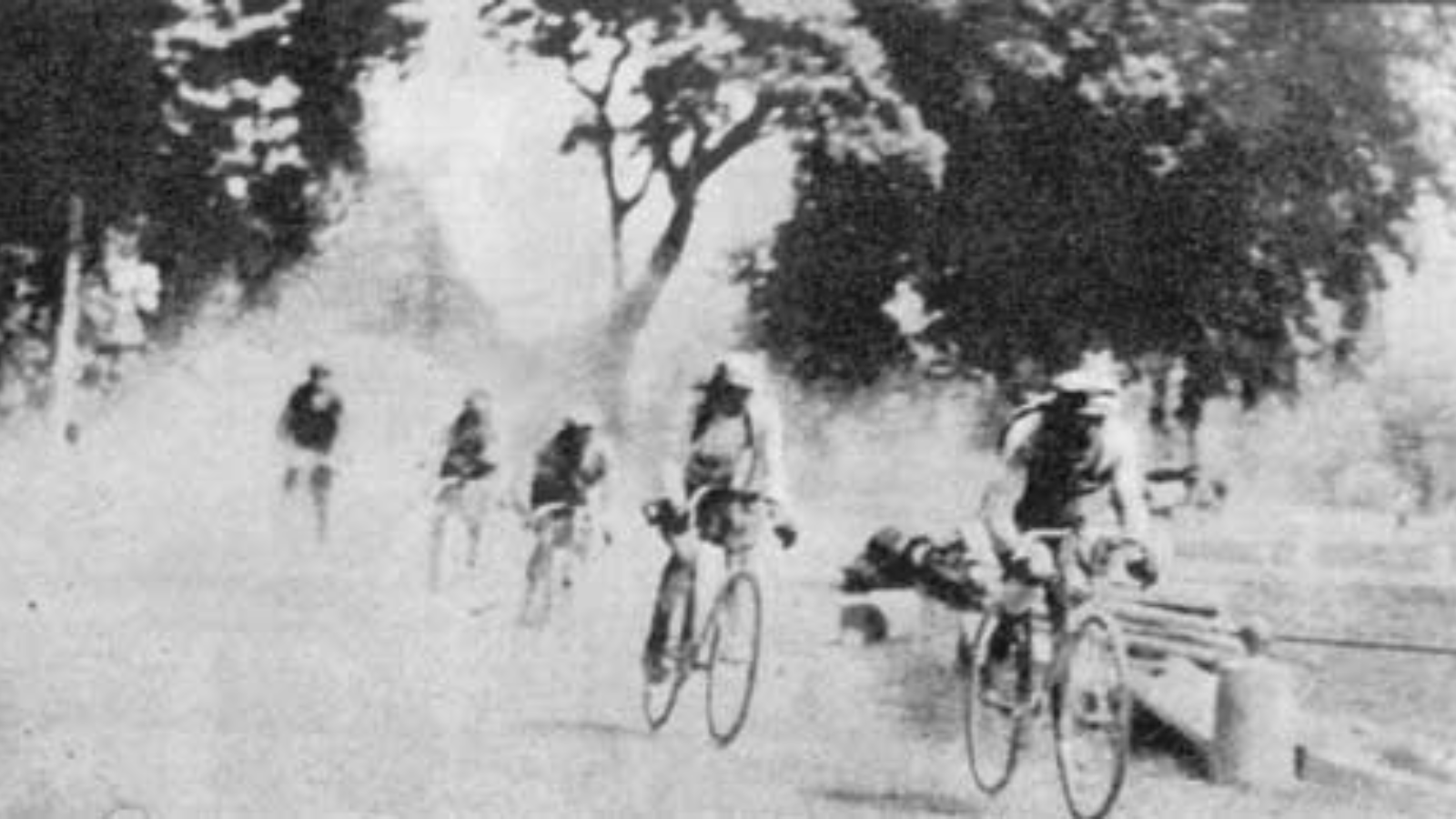Although Henri Desgrange was always keen to preserve Tour de France as a competition for individuals1, cyclists who were sponsored by the same bicycle manufacture naturally worked as a team. Alcyon for example, delivered four overall victories (François Faber, 1909; Octave Lapize,1910 ; Gustave Garrigou, 1911; Odyle Defraye, 1912) before 1914 and dominated most of the editions of the race during the 1920s.
World War I had a devastating impact on the French economy2, obviously on the life of the bicycle manufactures too. When Tour de France was held for the first time after the war in 1919, even the most notable companies were struggling to help their riders properly. But they wanted to keep the road cycling sport as important asset of their businesses alive and decided to create a consortium as a temporary format for sponsorship. Alcyon, Armor, Automoto, Clément, La Française, Gladiator, Griffon, Hurtu, Labor, Liberator, Peugeot and Thomann were the part of this group of companies called “La Sportive”.
Because the peloton lacked of the usual diversity of different jerseys worn by cyclists from different teams, (all the professional riders rode in grey), the idea of
the yellow jersey,
awarded to the leader of the general classification, was born.
The consortium lived for thee years, from 1922 the professional cycling life slowly but surely returned to normal.
- This was the main reason, why the system of national teams was introduced to the Tour de France in 1930. Henri Desgrange expected less teamwork by the cyclists sponsored by the same company. [↩]
- In 1918, the war ended on the Western front because the German hinterland collapsed, but the French was on the brink of collapse too. [↩]
